As humans, we may lose up to a hundred individual hairs per day as part of the natural growth cycle for hair growth. However, excessive hair loss and balding can occur to those who have medical conditions, maintain certain hair styles, or have a hereditary disposition. When people talk about hair loss, in many instances they are referring to men and hair thinning or balding. But, hair loss can impact women too and can have a huge impact on self-esteem.
Here in the article below, we have answered some of the most frequently asked questions women have about how and why hair loss happens to females:
Q: What are the first signs of hair loss?
A: Women who are impacted by hair loss may initially begin noticing that more hair is falling out during brushing or when washing hair in the shower. Also, she may start to see small patches of hair thinning or balding that begins at the crown of the head and gets wider overtime.
Q: What are the stages of hair growth?
A: Hair shedding is a natural occurrence that helps maintain a balance of hair on the scalp. So, as hair is shed and falls out throughout the day, more hairs are to grow back in its place. But, when this balance is interrupted by a genetic or external factor, the hairs are not replenished at the same rate they are being shed. The medical term for hair loss is referred to as alopecia. The growth of hair goes through three stages:
- Anagen Phase: duration of around 2-8 years, this is the primary stage in which hair growth on the head occurs (about 80-90%).
- Catagen Phase: duration of about 2-3 weeks, this transition phase is when the follicles begin to shrink.
- Telogen Phase: duration of approximately 2-4 months, this is the resting phase in which the hair falls out from the follicles.
Q: How common is hair loss among women?
A: Hair loss does not only impact men, as about more than half of women will experience some degree of observable hair loss in their lifetime. The biggest contributor of hair loss for women is called female-pattern hair loss (FPHL), which impacts millions of women in the United States. A woman may be more susceptible to hair loss if she:
- Is older than 40 years old
- Recently had babies
- Underwent a surgery
- Suffered from a serious illness
- Had chemotherapy or took related oral medications
- Has a hairstyle which pulls back the hair (tight ponytails or braids) or uses chemicals that are damaging
Q: What factors contribute to women’s hair loss?
A: Menopause, stress, diet, and genetics can all contribute to whether a women is impacted by hair loss. During menopause, there a couple things that can happen. Firstly, a women may start to notice hair growing in areas where hair has not sprouted before. Or, she may notice that current hair has become more thin and fragile. What may be causing the hair thinning is the changing of hormones during menopause, specifically when estrogen and progesterone levels decrease greatly.
Resources:
Wikipedia, Hair Treatment
